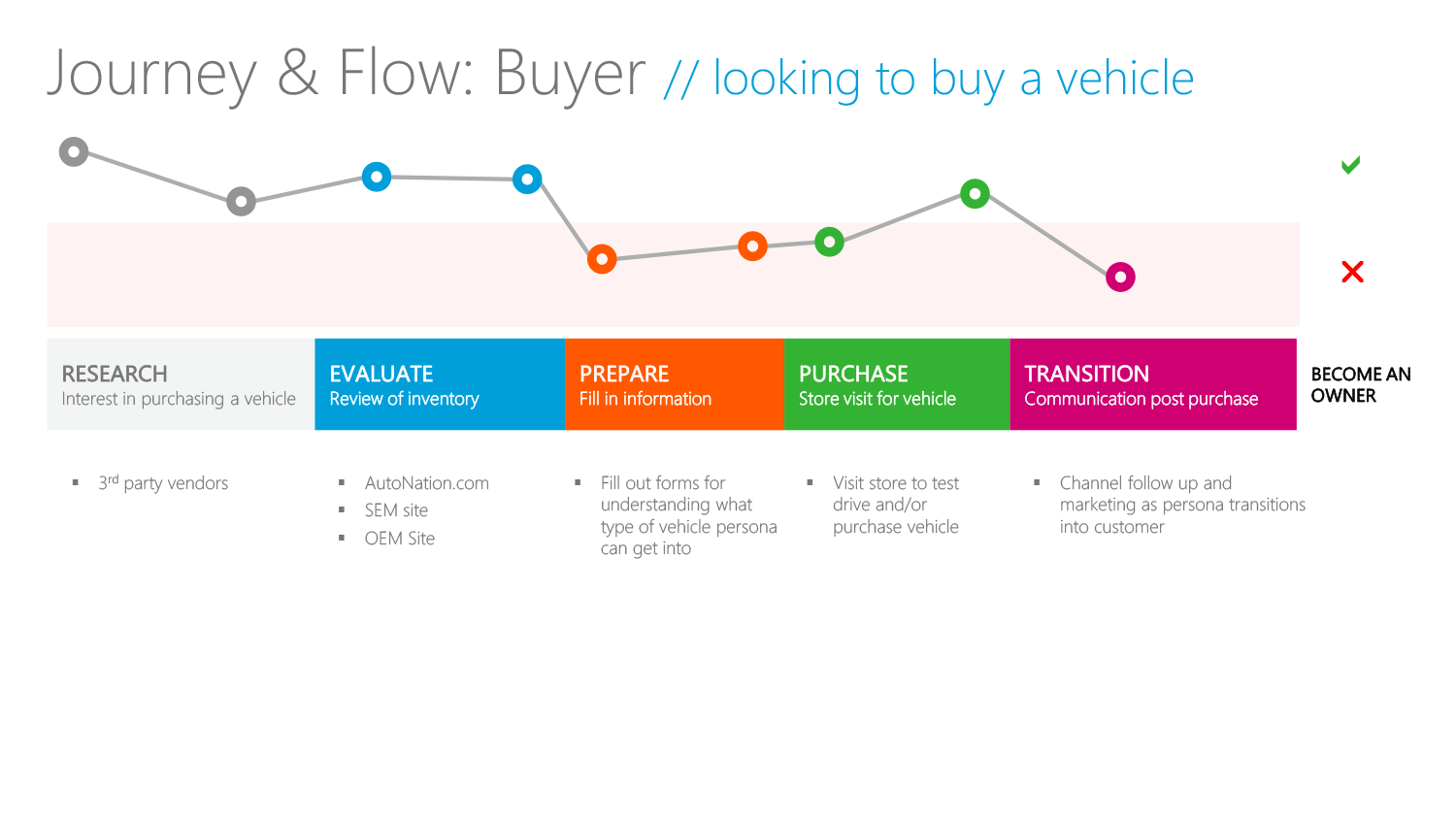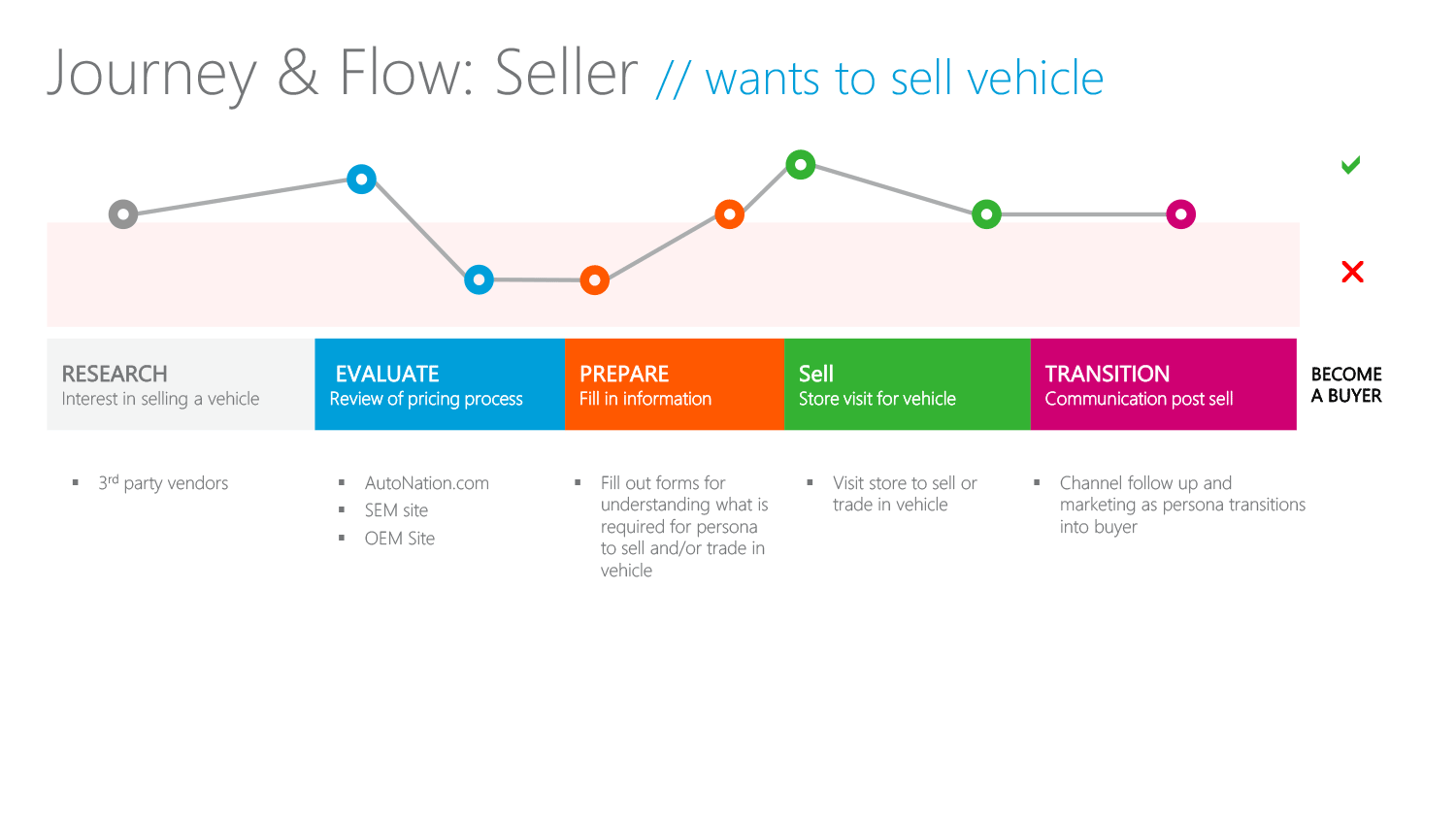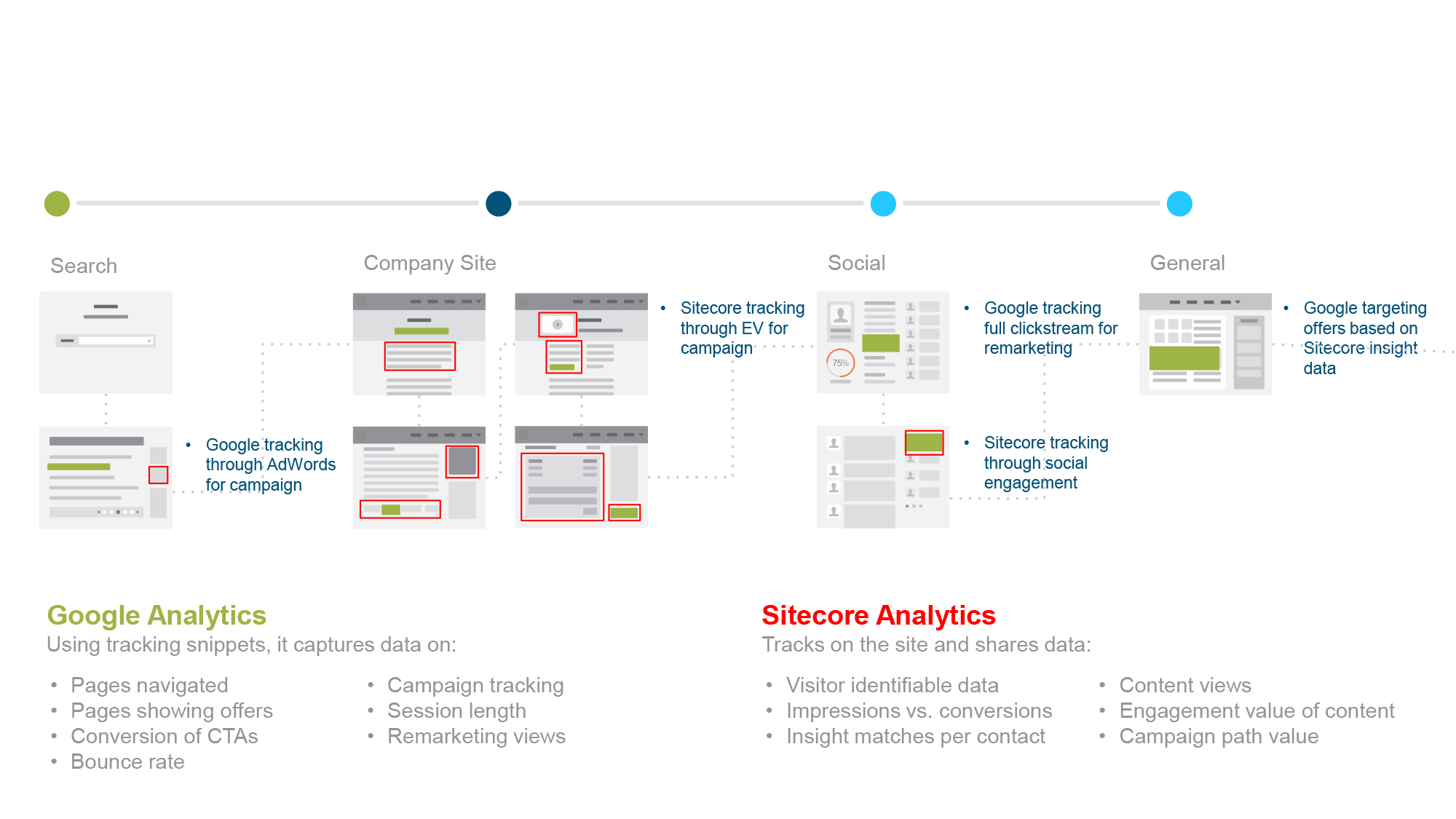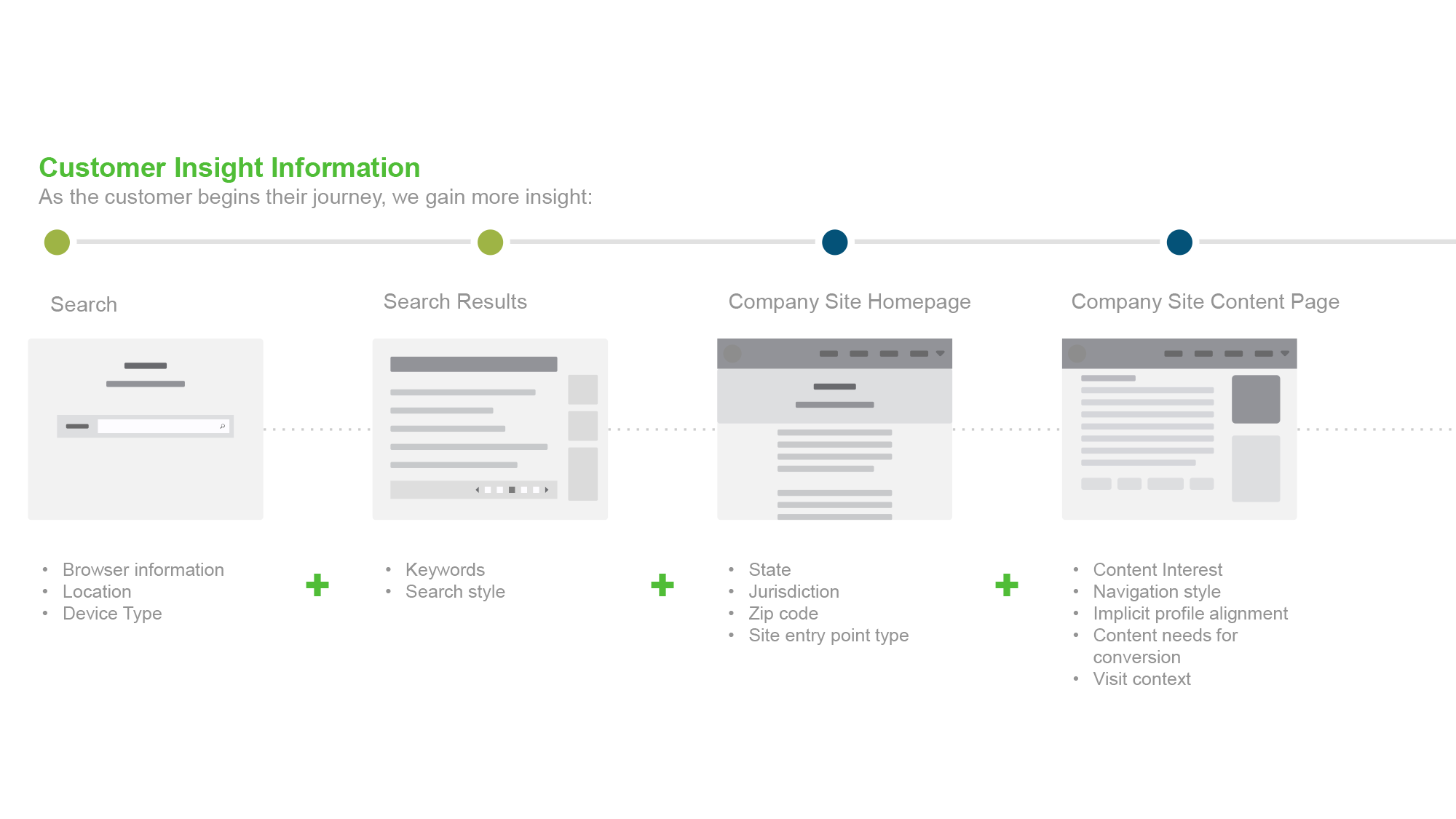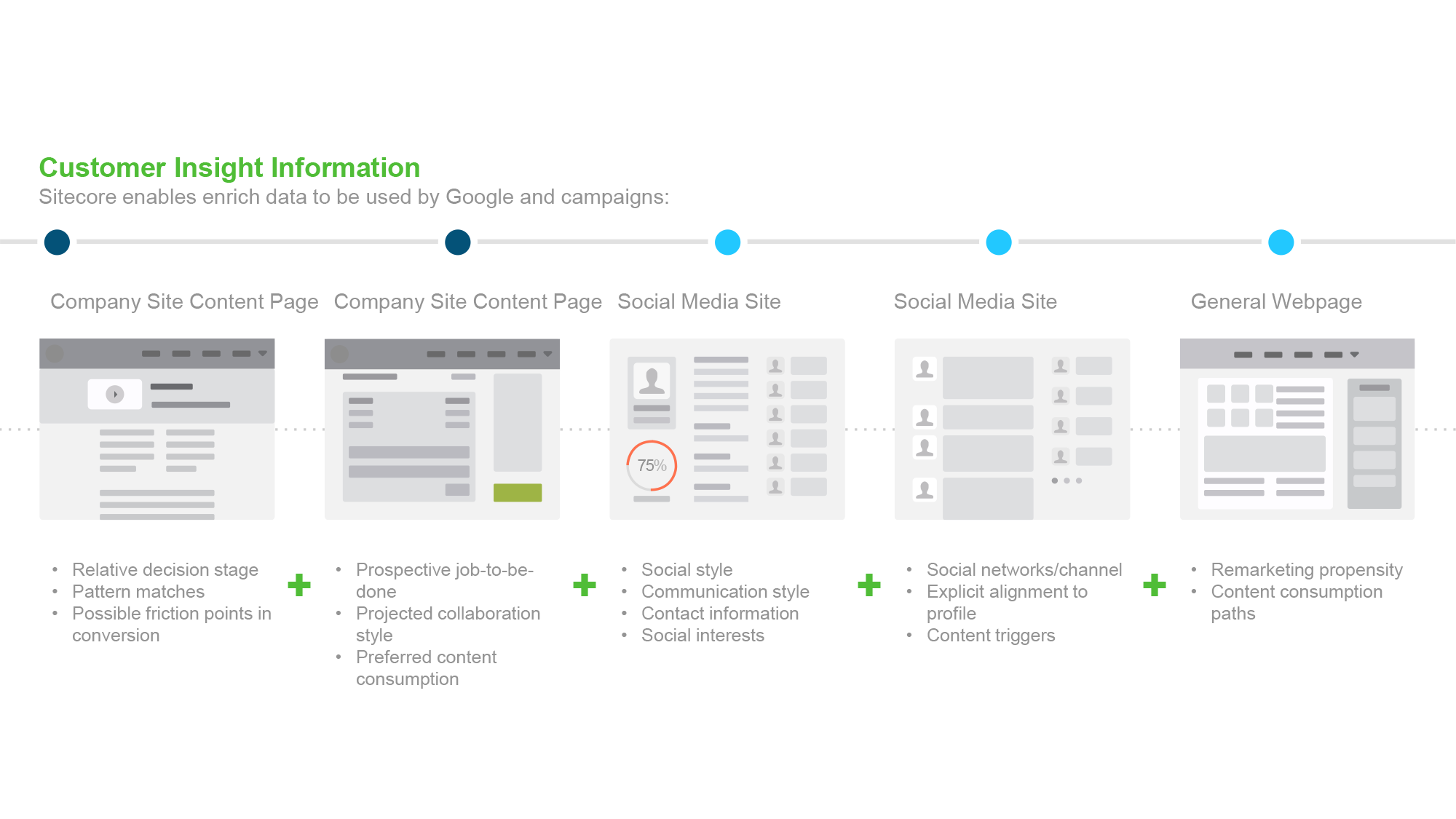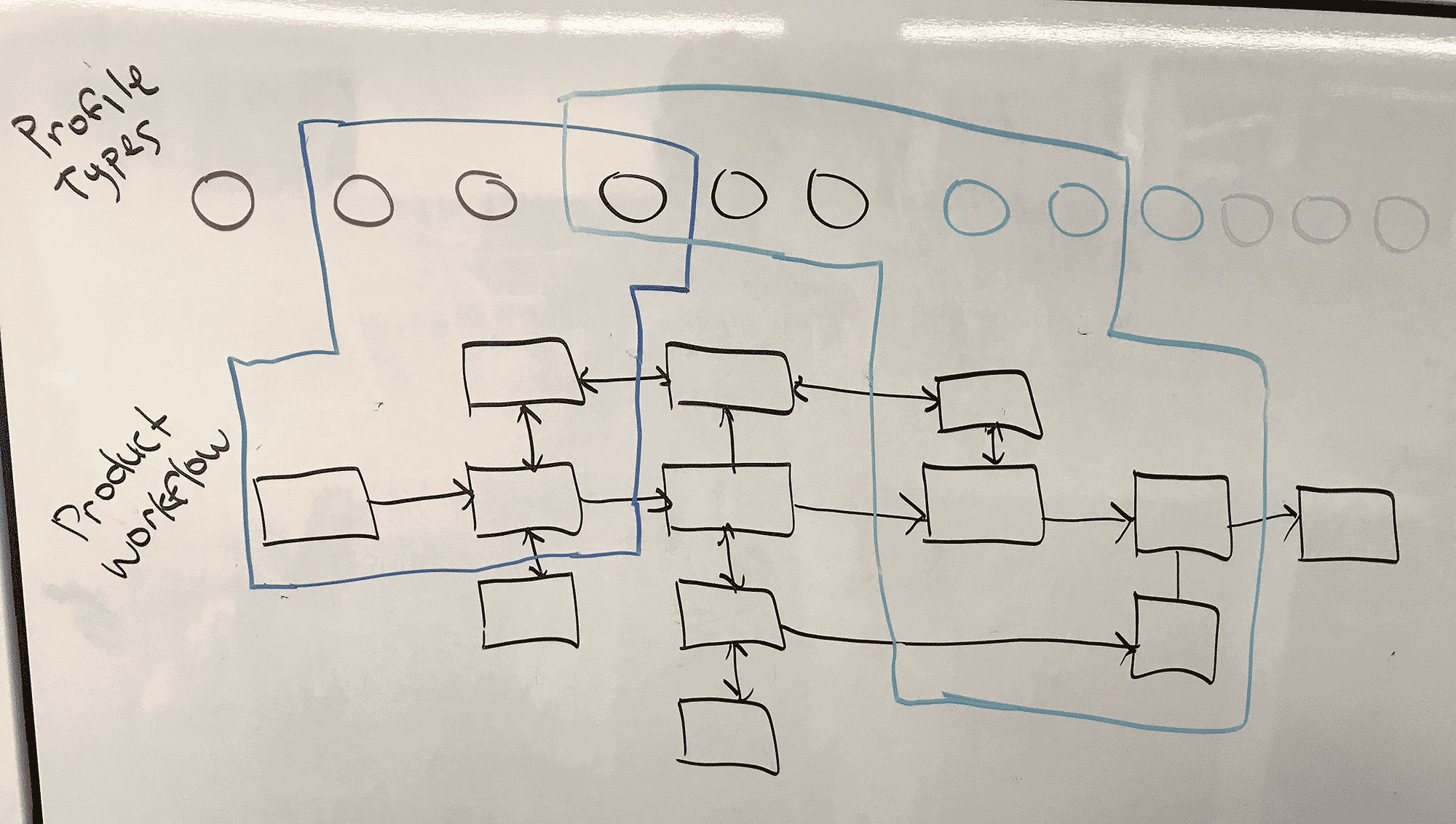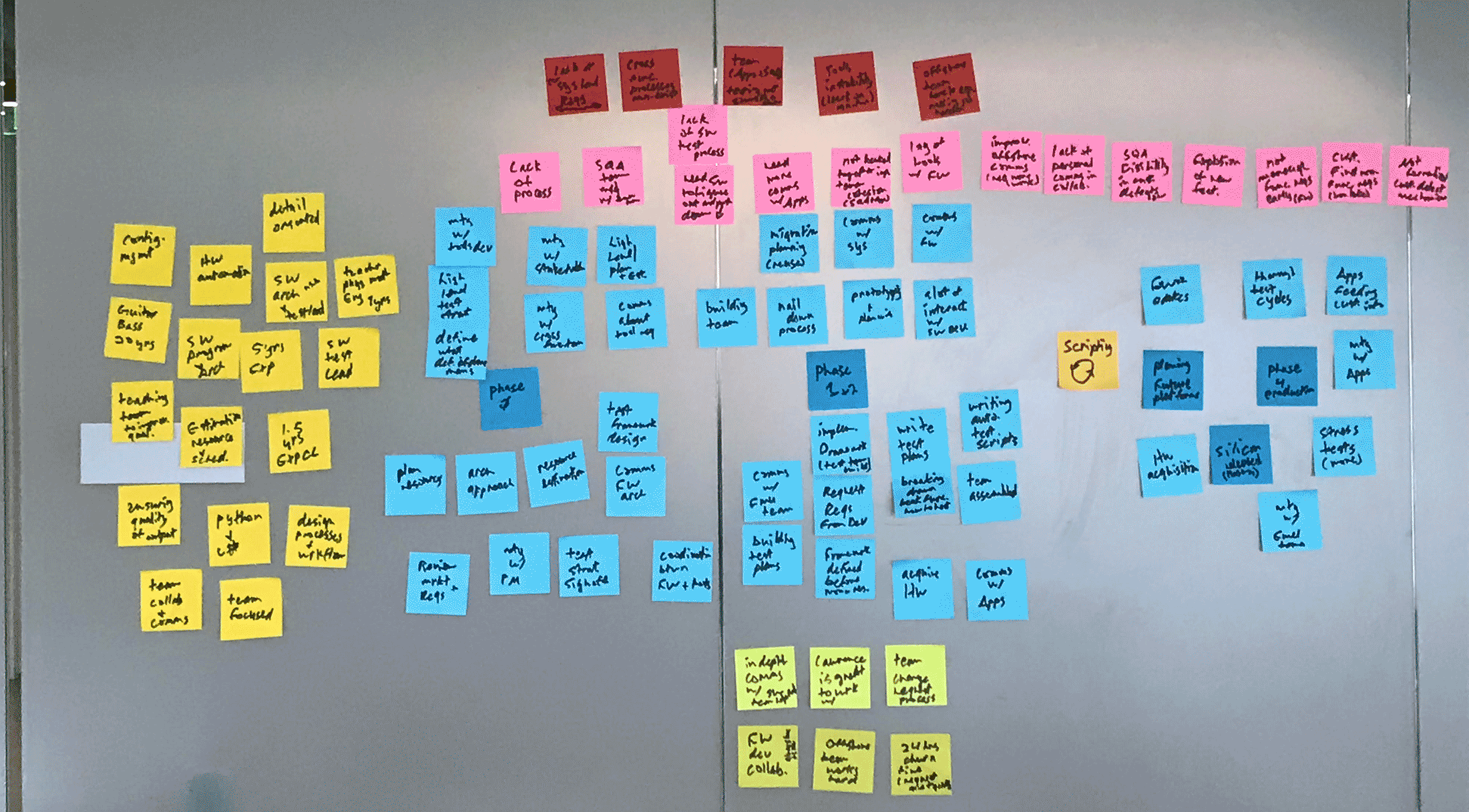Workflow Summary
Understanding how users, internal and external, achieve their goals and navigate technology is important. I discuss my perspective on how projects start with challenges and end with a clarified user workflow. Driving awareness of user touch points provides value beyond measure for technology solutions.
Key Points
- Facilitated workshops and conversations for internal and external user jobs-to-be-done to map out workflows
- Stakeholder and team collaboration is important for capturing workflows
Many obscure stops
I am where, and you are there, how did we get here? This is what users run into regularly in technology solutions that are not mindful of the user’s journey or workflow. Users are generally presented a single solution that derived from:
Outdated system
System has not been updated in a number of years and was built by teams that do not exist anymore in the organization. At the time of development, the user experience was not a consideration. System does not support current user goals.
Acquisition and merging
Organization grows or departments merge leaving systems stale. A team may have sutured functionality onto a solution to capture pieces of a user’s workflow. This does not support current user needs or organization goals.
Disparate systems
Systems have not been recently worked on and left necessary systems out of sync with newer ones. Illustrating the “how did we get here?” mentality.
Now, the user has to contend with any combination of these scenarios and a lack of focus on their actual workflow. Any approach that does not focus on the user’s workflow, threatens to lose adoption and build frustration. This is especially true for internal systems and users who need systems that help over hinder technology delivery. An approach that focuses on the user’s workflow, empowers users and increases their efficiency. This also breeds success and leads to higher solution value. It starts by aligning communications with invested teams.
Consuming multiple solutions, requirements, and project expectations can quickly derail the alignment of the team. Leaving teams wondering who the solution is for and what the user is trying to accomplish. Identifying user workflows can be tricky, but when done properly, can lead to measurable success. Early identification using experience design activities has not always been accepted on projects I have worked on, but once I am able to begin building an interest in the perspective, the workflows usually boil down to two types.
Inputs in and complex workflow out
I have been introduced to projects with many moving and stalled parts. Sometimes digesting the history of disparate systems is required. Key data and value is leveraged from the systems and incorporated into the build-out of a user’s workflow. These elements could support a customer’s relationship with a company and the data that ties the company’s value proposition to the user for many years. Investigation and ongoing discussions define where the systems are in the user workflow. This not only brings teams closer, but clarifies the user’s workflow from the system and company in parallel paths.
These parallel paths and data points can be arrived at through journey mapping workshops and use case (or scenario) generation. With identification comes direction, and direction leads to touch points along the user’s workflow. Capturing touch points is important as they are actual interactions with the user. The user doesn’t always know what or which systems they are interacting with. This creates an opportunity to chain together interactions into a single, but complex workflow that provides insight into valuable features. This bridges together systems to support a user efficiently through their workflow.
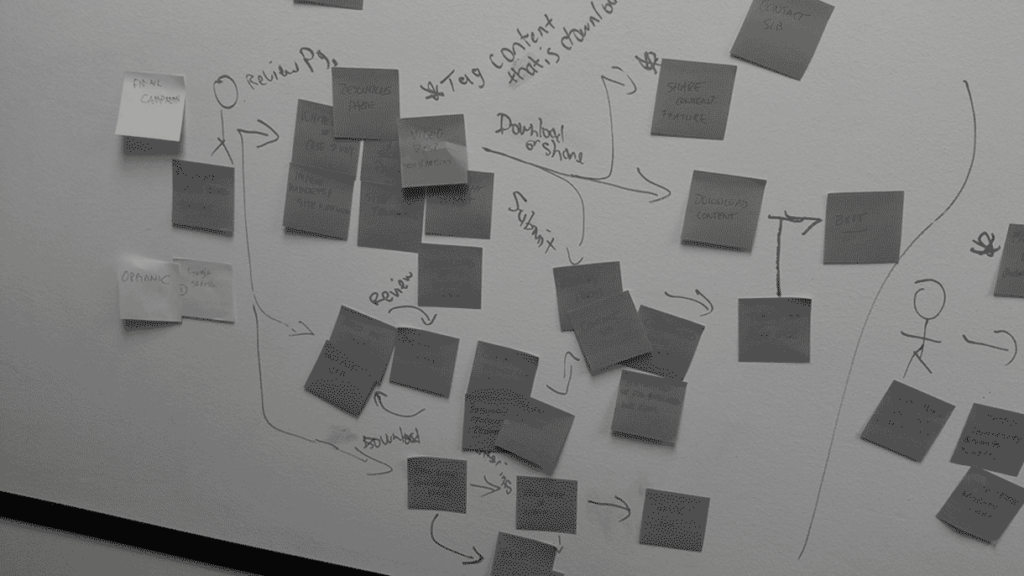
Its just that simplified
I have been a part of projects that were disorganized from an information standpoint. This led to confusion and a murky understanding of what the user needed to “get the job done”. The necessity to connect the right information to the right stage in the workflow required a change in approach. Utilizing an experience design perspective, with mind mapping and storyboard exercises, I was able to guide the development of stages in the customer journey. Taking it a step further, I generalized the stages and interactions into phases that represent entry, jobs to be done, and exit points. I created a foundation for the teams to group information around driving direction from a user’s perspective and workflow.
Simplification is not always the removal of elements. It can also manifest itself in clarity of information and efficiency in which user can navigate it.
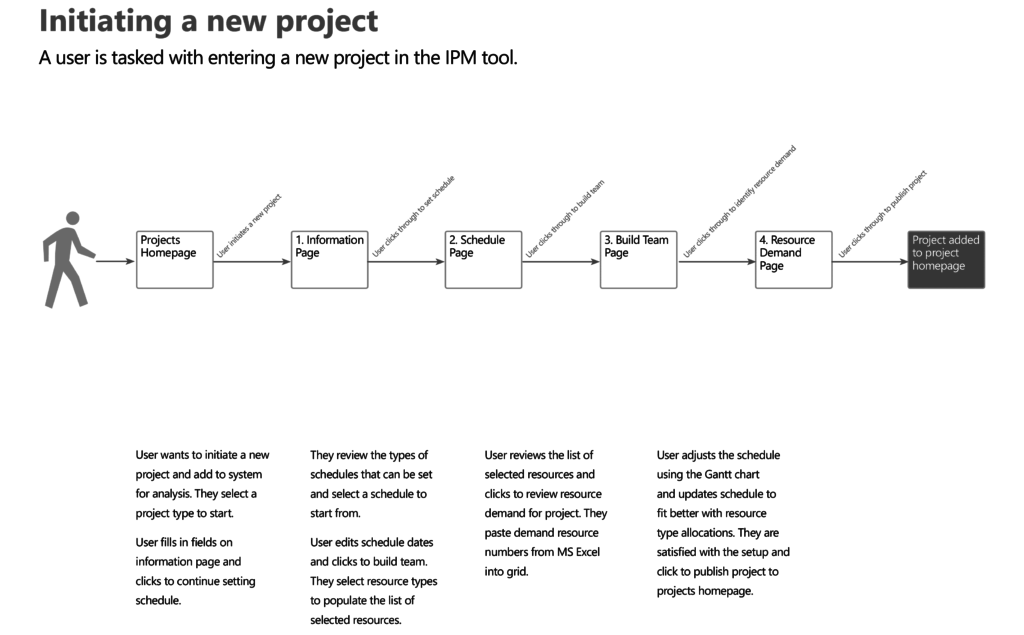
My experience across various project types has helped me work through synthesizing complexity and distill it into more logical workflows. With a healthy knowledge of user behaviors, attitudes and goals, I am armed with the tools to carve out user paths that provide a win for the business and the user.


